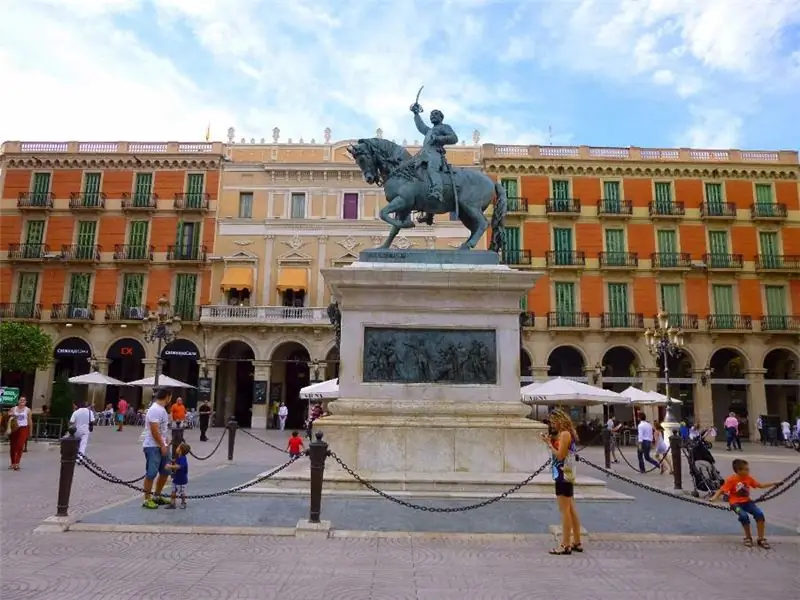
Reus is a miniature Catalan town that not all tourists know about. However, this is one of the worthy places in Spain, where there is something to see. If you are visiting Barcelona, then it is worth taking a trip to Reus. To do this, you just need to take a train and cover a distance of 120 kilometers.
Holiday season in Reus
For those who prefer to combine beach tourism with sightseeing, it is better to travel to Reus from May to the end of September. During this period, the temperature of both air and water is quite comfortable. You can not only swim, but also take exciting excursions to historical sites.
In winter, the thermometer drops to + 10-12 degrees. Therefore, you will need warm clothing for traveling in December, January and February. Already in March, it starts to warm, and you can count on a temperature of + 15-17 degrees.
The real summer weather comes at the end of May. In mid-October, warm air is replaced by cold air masses, bringing rains with them.
TOP 15 places of interest in Reus
Gaudí Center
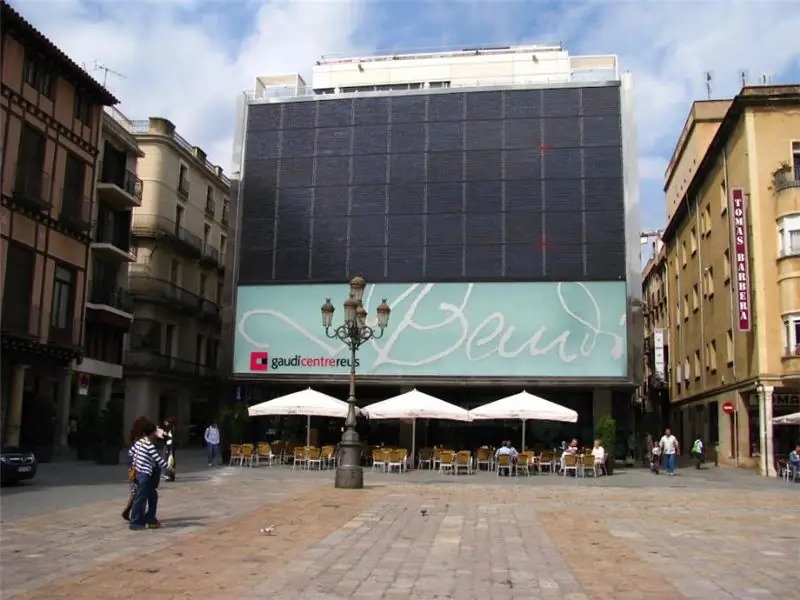
Gaudí Center
The most modern building in the city is the Gaudi Museum, located in the center of Reus. The museum opened its doors to visitors in 2007 and immediately gained popularity. The exposition is dedicated to the life and work of the great architect, and the interior is original.
The vast halls are filled with unique exhibits that you can touch and photograph. To make the tour more accessible, audio guides are installed throughout the museum, describing each exhibit in different languages, including Russian.
Saint Paul's Cathedral
Saint Paul's Cathedral
Reus is under the patronage of St. Peter, in whose honor a cathedral was erected in 1512. The main building is in the Gothic style, as evidenced by gabled roofs, a hexagonal bell tower and windows with rounded openings.
The project was developed by the architect Beneta Otger, who completed his creation in 1570. A 60-meter tower stands out against the general background of the church. Climbing to its observation deck, tourists enjoy the picturesque views of the city. Inside the building, unique frescoes and an altar have been preserved.
Plaza del Mercadal
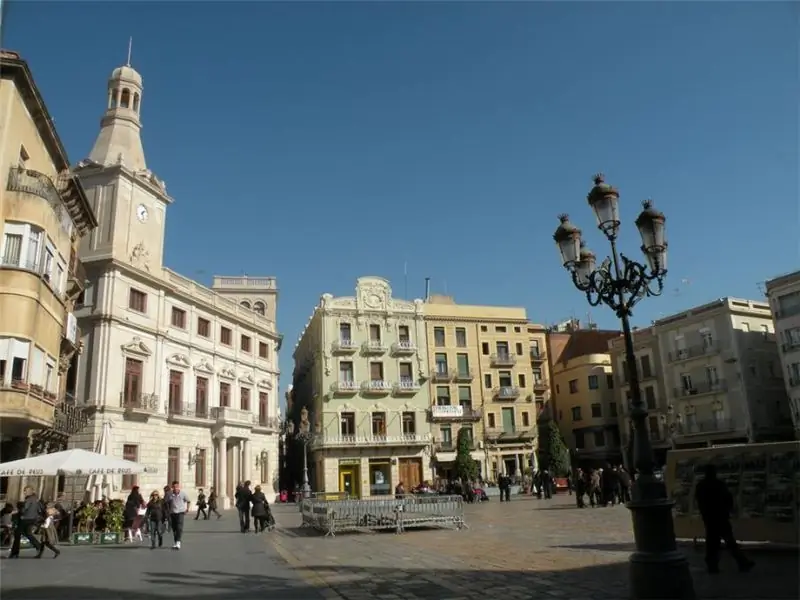
Plaza del Mercadal
The heart of Reus is the central square, which was formerly an open-air market. The square still has an amazing old town atmosphere, reflected in cobbled bridges, historical buildings and architectural elements.
Today, the square is famous for the fact that every day locals and tourists flock here to relax in a calm atmosphere. In the evening, Plaza del Mercadal becomes more lively: cozy cafes, souvenir shops open, musicians perform. Having visited this square once, you will get the maximum of positive emotions.
Center for Visual Arts Mas Iglesias
Lovers of contemporary art are advised to visit this amazing center, which has an impressive collection of photography samples. The exposition includes about 24 thousand photographs, divided according to thematic principles.
In two halls, photographs of famous masters are presented in a certain sequence. Among them, documentary photographs taken in different parts of the world deserve special attention.
For those wishing to master the art of photography, a master class is held at the center. In 2007, the Reus authorities decided to host an international film festival under the auspices of the center.
Navas mansion
Navas mansion
The house became a landmark immediately after its construction in the period from 1901-1908. The building was designed by the architect Luis Domenech y Monater for the custom order of one of the richest residents of the city named Joaquim Navas Padro.
For his ancestral nest, Navas chose a place at the corner of the Market Square. As a result, a luxurious Art Nouveau mansion was erected. The central façade is decorated with ceramic mosaics and carved white marble decorations. A stone monogram with Navas's initials can be seen at the top of the building.
Salvador Vilaseca Museum
The museum was created thanks to the followers of the Spanish historiographer Salvador Vilaseca y Anguera, who collected a large collection of archaeological exhibits. The exposition includes several thousand valuable objects. Among them, funerary and sacred objects, jewelry and ceramics, clothing of tribes that inhabited the mainland many centuries ago, as well as sculptures of the ancient Roman period, occupy a worthy place.
The pride of the museum is the fresco on which the image of a wild deer is engraved. The drawing is dated 8000 BC and is one of the oldest in the world.
Pere Mata Institute
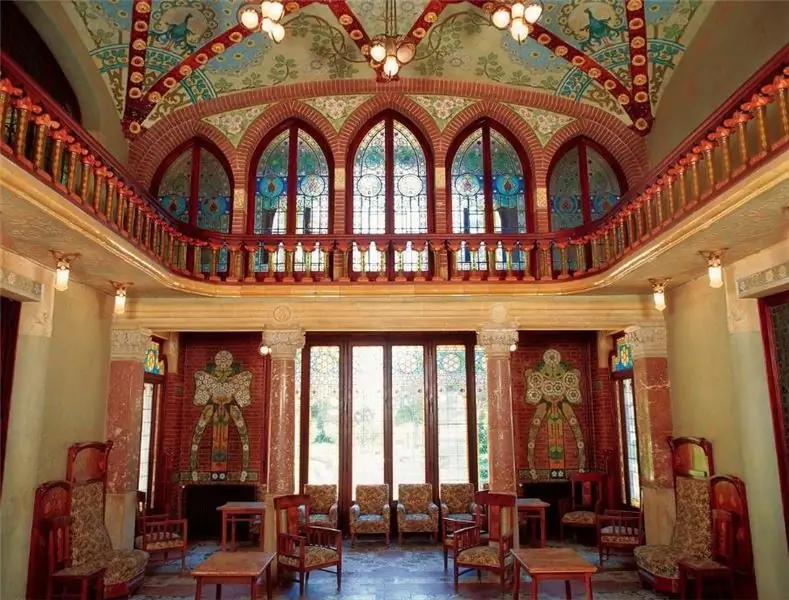
Pere Mata Institute
Tourists who come to Reus, first of all, are offered to take a ride along the route of modernism, which includes a mandatory visit to the complex of the psychiatric institute (hospital), built at the end of the 19th century.
All buildings were designed by the architect Luis Domenech y Montanera, who relied on the convenience of patients in combination with the sophistication of architecture with aesthetic value.
There are several isolated pavilions on the territory of the complex, decorated with floral ornament. The stained-glass windows and mosaic panels were done in a calm color scheme and this contributed to the peaceful atmosphere in the hospital.
Prim Square
The attraction can be found in the central part of Reus. The square was named after the General and President of the Council of Ministers named Joan Prim. This historical figure stood at the head of a coup d'état that changed the fate of the Spanish people. After this event, the general became known throughout the country, and the government decided to immortalize his memory in the name of the square of the city where Prim was born.
Outwardly, the square resembles a small square, around which the key cultural sites of Reus are concentrated. In the center there is a monument depicting a majestic general riding a horse. There are cafes, recreation areas and shops near the monument.
Sanctuary of the Virgin Mary of the Merciful
Sanctuary of the Virgin Mary of the Merciful
The church is the most revered in Reus, as it houses the most valuable image of the Madonna - the patroness of the city. The temple is active and today believers come here to worship the shrine.
The construction of the church dates back to 1602, after which the building was reconstructed and rebuilt more than once. The masters of the past were guided by the Renaissance style, so the buildings harmoniously complemented the architectural concept of the complex.
Visiting the temple is allowed every day at certain times. In addition, those who wish can see the altar with the image of the Virgin Mary the Merciful.
Fortuny Theater
Despite its diminutive size, this building attracts attention due to its beautiful facade and interior decoration. The theater was founded in 1882 with the participation of the architect Francesca Blanca and became the central building located on Piazza Prima.
Over the decades, the building was reconstructed and opened in 1981. This event was attended by many famous guests who appreciated the new speaker system, a spacious hall framed by tall golden columns. Among the details of the interior, the dome in the form of the sun on the azure sky stands out.
Casa Laguna Mansion
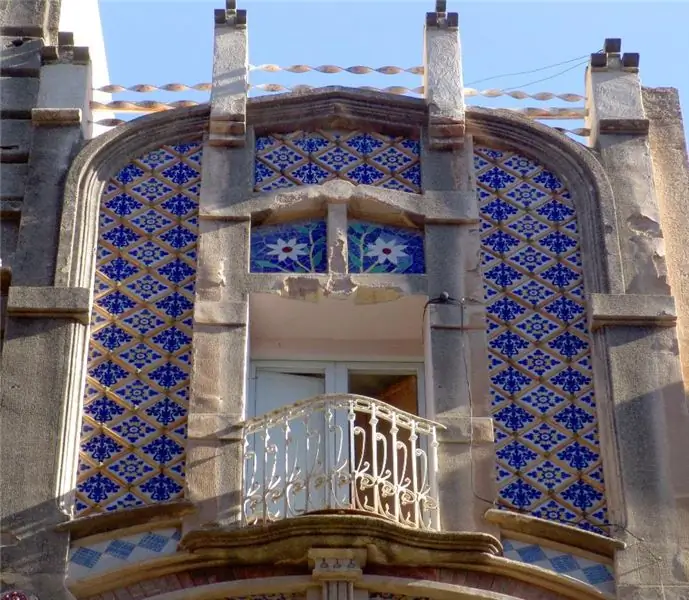
Casa Laguna Mansion
Another interesting building is located on Carrer de Monterols street and continues the line of buildings in the Art Nouveau style. The construction began in 1904, when the local teacher Sixto Laguna asked the architect Pai Mongiu y Segura to design a mansion for his family.
The house stands out for its small size and narrow shape. The façade of three floors is distinguished by three rounded balconies. The main wall is decorated with mosaics laid out in an unusual sequence, which creates a three-dimensional effect. On one of the balcony doors, you can see the initials of the owner of the house.
Indian Monument
A unique monument of its kind in Spain, dedicated to the celebration that has been celebrated in Reus every year since 1985. The Spaniards and guests of the city gather for the holiday to see with their own eyes the theatrical procession of giant dolls.
Today, the 3.5 meter high monument is the embodiment of the holiday. A full-length human figure was erected next to the monument. The Catalans have a tradition of decorating the monument with colored scarves and ribbons. According to local legend, this brings happiness and longevity.
Bofarul Palace
Bofarul Palace
You can get acquainted with this attraction by arriving at Llover Street in the central part of the city. The building has been home to the family of Reus Mayor Joseph Bofarul Gavald for decades.
Construction of the mansion began in 1772 and was completed in 1774. During the first phase, the main hall was erected, decorated with frescoes depicting the monarchs of the Bourbon dynasty. The second stage was completed with the design of the interior.
Throughout its long history, the house changed owners and, as a result, a conservatory was located here in 1986. For this, a stage, a concert hall and student auditoriums were built in the mansion.
Cal Masso Center for the Arts
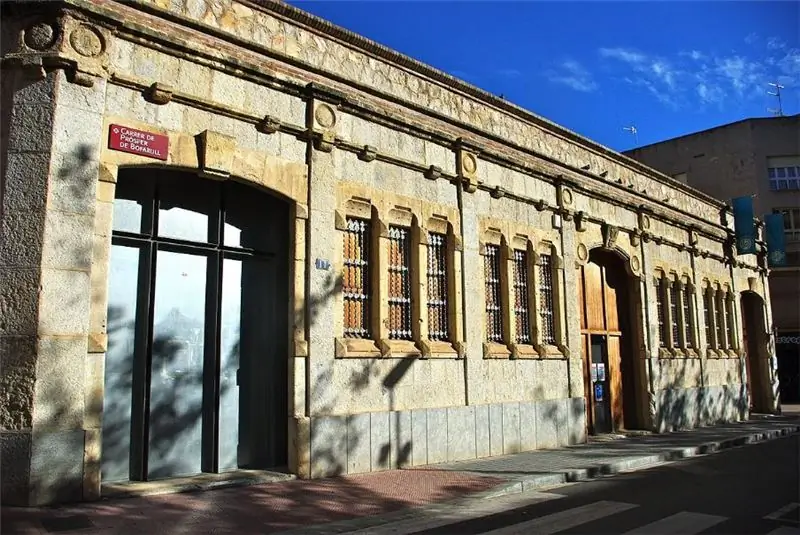
Cal Masso Center for the Arts
The inconspicuous one-story building on the main square of Reus is a popular tourist destination. Visitors will find an exciting program that includes national Spanish dances, auteur films and other theatrical events.
Also in the center is an exposition of contemporary photography and avant-garde painting. The collection is updated every season and filled with the best masterpieces of masters from different countries.
After completing the program, you can have a snack at the cafe on the ground floor and listen to live music. There is also a souvenir shop.
Castle Palace
The building was built in the 15th century and served as a fortification. The building is an example of classic Catalan architecture. The shape of a cube, corners with rounded edges, a semicircular portal, massive structures - these elements have been used since ancient times in Spanish architecture.
The palace housed the residence of the king's attorney, and later the city hall of Reus was founded on the basis of the building. Currently, Castle is a private property, so the excursion program is designed to inspect the defensive complex from the outside.






